Eisner Award-nominated comic book creator Brian Fies makes his Abrams ComicArts debut with his graphic novel The Last Mechanical Monster. A meditation on redemption and human connection against the backdrop of supervillain stakes, the story is a family-friendly adventure with a surprising amount of heart and timeless themes. A gorgeous and all-age accessible read that doesn’t talk down to its audience, Fies crafts a solid tale that stands as a colorful page-turner that elevates itself beyond its genre trappings and source material in which it finds narrative and stylistic inspiration.
A mad scientist who once terrorized the world with his devastating robots has since fallen into obscurity and isolation, locked away for a lengthy sentence for his sinister crimes. Emerging from his exile decades later, the nefarious genius struggles to acclimate to modern society while learning to connect with everyday people around him — and his sole surviving battle bot — as he reintegrates himself into life outside of jail. However, as the scientist’s lifelong goal to gain revenge on those who humiliated him begins to unravel, he discovers that his genius may serve to save a world he once deeply detested.

The Last Mechanical Monster was originally published as a webcomic in 2014, earning an impressive amount of acclaim for its engaging story and presentation. The story benefits from its translation into a physical comic book release, with its page layouts cleanly displaying the story’s scope and narrative progression while underscoring its Golden Age inspirations. As an added bonus, the graphic novel comes with pop-out inserts included that can be assembled to form a battle robot like the ones appearing in the story itself as a fun postscript to the reading experience.
Fies’ story is one that wears its deeper themes and emotional beats clearly on its sleeve but presents them in a way that they never particularly come across as heavy-handed or intrusive to the core narrative. The Last Mechanical Monster’s protagonist is the ultimate outsider and one that is at least partially justified for his initial bitterness after being released from prison but undergoes a character arc that is fundamentally important to readers of all ages. That said, Fies is well-aware that he is weaving a crackerjack fun story and doesn’t lose sight of that sense of escapist joy even in the story’s more serious moments.

Fies’ artwork employs a sharp, clean-lined style that appropriately feels heavily inspired by Golden Age comic books and animation as a direct nod to the story’s influences. The coloring matches this aesthetic by opting for a flatter color palette that harkens back to a simpler time in comic book publishing and presentation as the story begins. Fies’ use of paneling is particularly inviting, and in this physical medium, it’s clearer to see the work he went to frame his story in such a manner.
After crafting numerous tales that ventured headfirst into considerably different subjects, Fies’ The Last Mechanical Monster is a refreshing read without coming off as overly lightweight. A gorgeous love letter to the Golden Age of superhero comics and animation, Fies uses the genre to touch on themes of friendship and legacy borne from a lifetime of cynicism and spurned ambition. A solid collection of the original webcomic in a gorgeous format, Abrams ComicArts continues its recent high-profile winning streak with its publication of Fies’ Eisner-nominated graphic novel.
Written and illustrated by Brian Fies, The Last Mechanical Monster is on sale now from Abrams ComicArts.
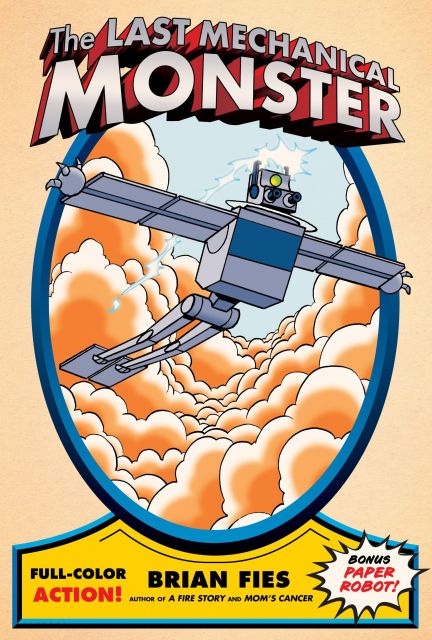



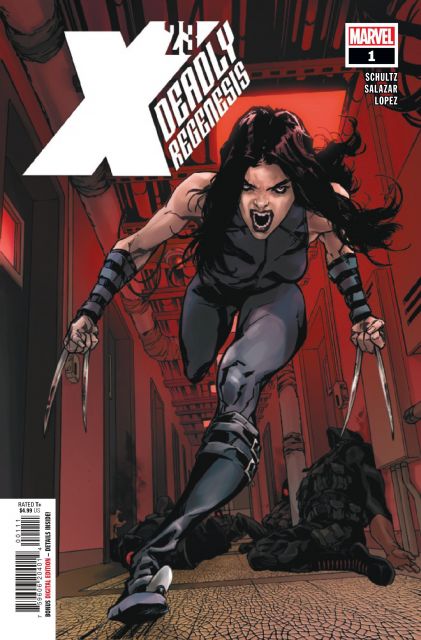
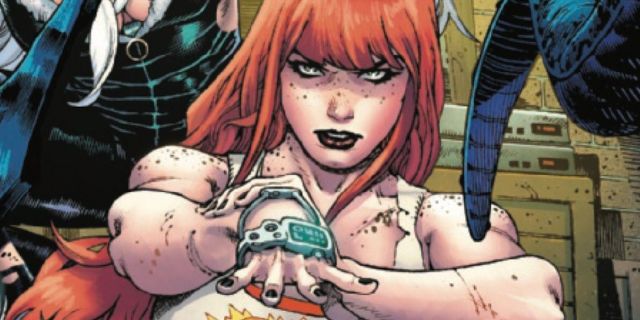
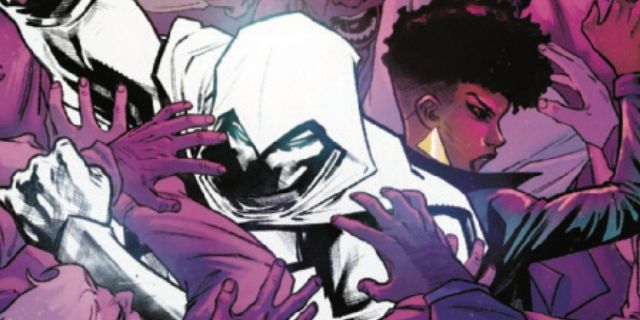


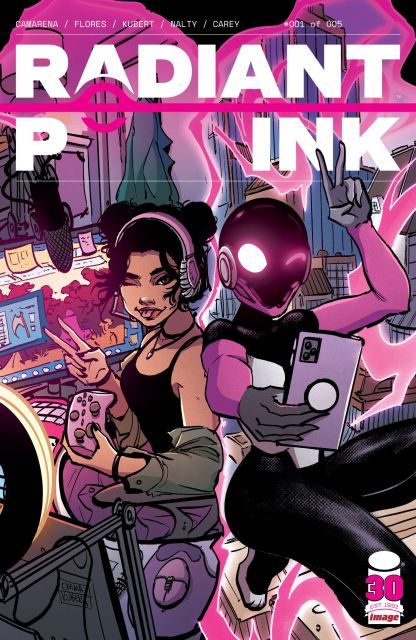





Leave a Reply